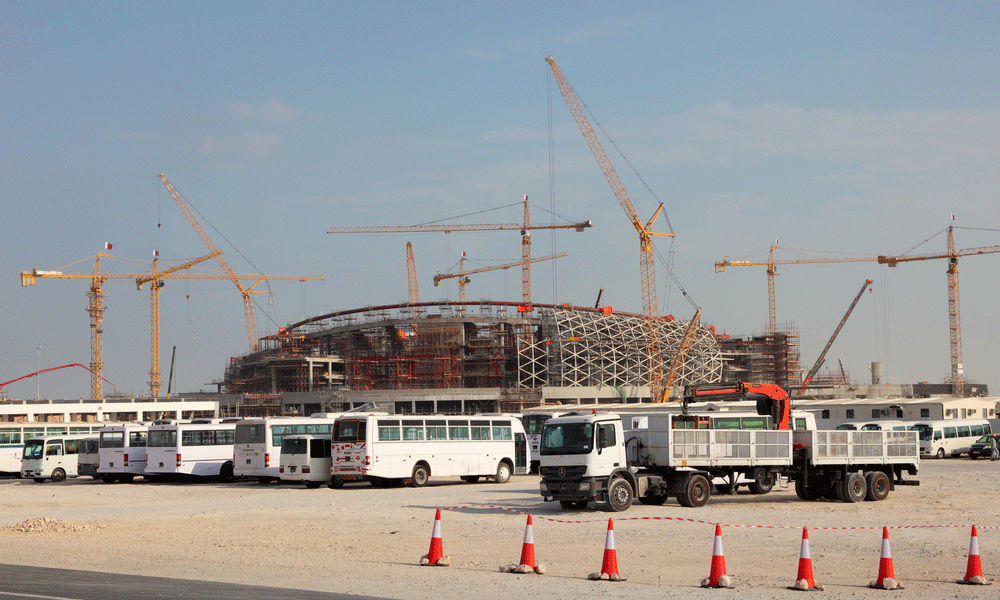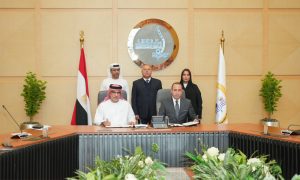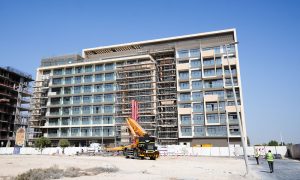Qatar ‘may not require cooling systems at winter World Cup’
World Cup Organising Committee exec reportedly said holding event in winter could negate need for sophisticated cooling systems

Qatar may not require cooling systems in its World Cup stadiums due to the event now being held in winter, according to an executive from the local organising committee.
During its bid for the 2022 event, Qatar said it would introduce sophisticated cooling systems that would lower the interior temperatures of stadiums to more comfortable levels for both spectators and players. Summer temperatures in the Gulf region often exceed 40°C.
Following years of speculation, FIFA, world football’s governing body, said that the World Cup would be played in November and December, with the final falling on December 18, 2022.
“The temperatures are lower in winter so the demand for cooling will be lower,” Dario Cadavid, technical assurance and integration manager at Qatar’s 2022 Supreme Committee for Delivery and Legacy, told Reuters in an interview.
“It’s very possible that during that time of the year that cooling isn’t required for the winter,” he added, without giving any details on the potential cost savings of using less energy if the cooling systems are not used.
Although Qatar has consistently claimed that a summer World Cup was a viable option, critics have said that the cooling systems required for the stadiums would not be feasible or environmentally friendly, leaving aside the impact the heat outside would have on the health of players and fans.
George Berbari, CEO of DC Pro Engineering, told Big Project ME that the cooling systems first envisioned for the stadiums were hugely inefficient and wasteful.
“The energy centres that are feeding these stadiums are as big as 87,000 tons. We saw the design and we addressed it with the Aspire Committee. We showed them an alternative that could save much more energy. The current design was using as much land as the stadium, probably. It costs too much and it is very inefficient.
“We put in an alternative proposal, where we could save land and save about 30% of energy, and have a more effective design that is looked at positively by the Aspire Committee,” he added.
Meanwhile, Cadavid said that research on cooling technologies would continue because Qatar wanted the stadiums to be used beyond the World Cup, in the local league games, which take place at other times of year.
Cadavid said that there would be fewer local matches scheduled each week in the summer than there will be at the World Cup and they would require less planning, so maintaining cool temperatures in the stadiums would require lower amounts of energy.
“Matches in the summer for the local leagues are less frequent than a tournament… you have two matches per week so less demand for energy,” he said.























